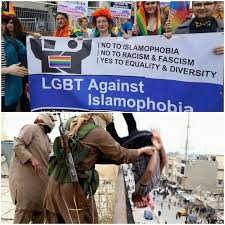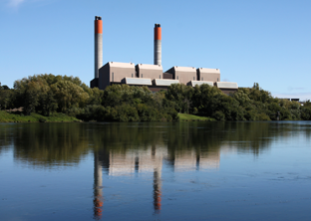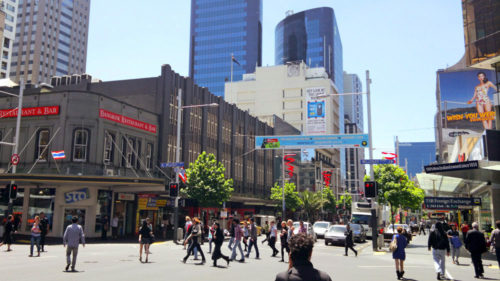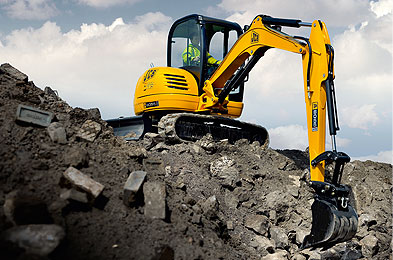
It is said that “politics makes for strange bedfellows”. Well, so does the sister industry to politics, prostitution. The major difference between politicians and prostitutes, as this essay will illuminate, is that there are things that prostitutes are too ashamed to do for money.
The Sanders-Clinton alliance was weird, but not especially weird by the standards that we have now degenerated to. It’s not especially surprising that a defeated social democratic candidate would endorse the more left-wing of the remaining two.
One truly weird one that has been going strong for over a century is the Marxist feminist – Christian fundamentalist anti-porn and prostitution alliance.
These two forces both have an immense hatred of natural sexual liberty. The Marxists want to destroy all natural sexual impulses and pervert them into worship of the state, whereas the Christians want to lay guilt trips on people for these same impulses and call them sinful.
For these reasons the two have combined against women.
This was never going to be a particularly strong alliance, though, for the reason that the Marxists want to promote all manner of sexual degeneracy in place of natural sexual relations, whereas the Christians want to suppress and repress everything, natural or otherwise.
Another unusual alliance is that of the various control freaks who oppose cannabis law reform.
This has seen the Police (who do not want to lose the power they have to control people or the funding given to them to do so) and the alcohol companies (whose product causes over half of the damage that the Police have to clean up) to get into bed with each other.
Here it is really the Police that have been cucked by business interests. Because alcohol and pharmaceutical companies see cannabis as a competing product, they have bribed the people that the Police answer to to make it illegal – and the men and women of the Police force pay the price.
The fact that this has resulted in making life immensely more difficult for the Police themselves, who have to face the carnage wrought by booze on a daily basis, appears to be completely lost on them – they continue to vocally oppose cannabis law reform.
Even weirder are the shifting anti-nationalist forces that have opposed Brexit, Trump and which now oppose Marine Le Pen.
This alliance has seen trendy liberals who consider themselves leftists coming out on the side of the political establishment (including the conservative parties), the international bankers, the corporate media and the unelected European Commission against the working class that the left supposedly exists to help.
This column has previously raised the possibility that these people may, in fact, be crypto-conservatives, and it’s certain that some are.
Most of them, though, are genuinely stupid enough to believe that they are acting in favour of the underdog and the unfortunate when they come out in support of the same globalist forces who have spent the past 30 years attacking the standard of living of the working classes.
The pro-Islam league of homosexuals, however, tops them all.
It appears that, because Muslims are generally considered outsiders in Western society, other groups who are also generally considered outsiders have decided to see Islam as a kindred spirit under the motto of “the enemy of my enemy is my friend.”
Unfortunately for the homosexuals, the Muslims they love and the Christians they hate are both Abrahamists, and as they are both male supremacist religions they share a common hatred of homosexuality.
Indeed, homosexual conduct is punishable by death in all of Afghanistan, Brunei, Gaza Strip, Iran, Iraq, Mauritania, Nigeria, Saudi Arabia, Sudan, United Arab Emirates and Yemen.
But thanks to a mutual hatred of The Man, homosexuals are frequently willing to passionately defend a religious tradition that would like to see them thrown from rooftops.
That has to be the West’s weirdest political alliance.



